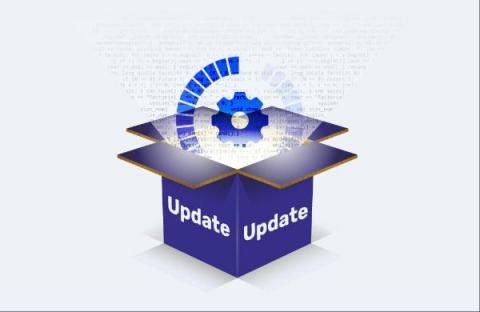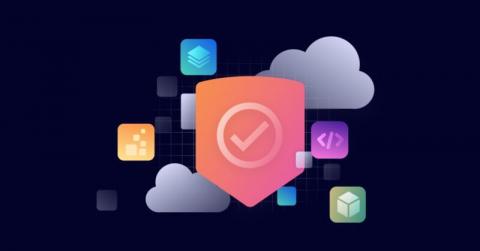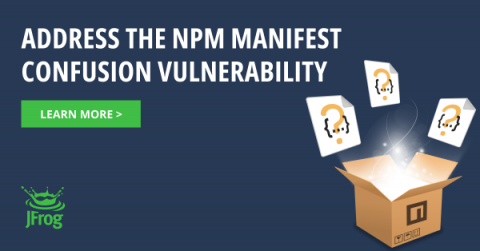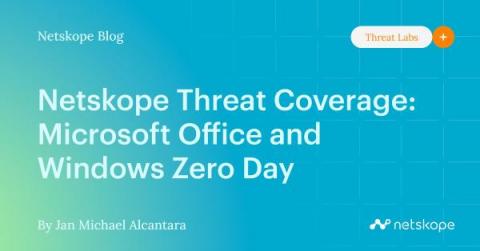Security | Threat Detection | Cyberattacks | DevSecOps | Compliance
Vulnerability
GuidePoint Security Breached in MOVEit Data Attacks: Customers Get Exposed
GuidePoint Security is a software company that specializes in security services. The organization is located in Herndon, Virginia, employs 722 people, and protects and manages data for thousands of people during its daily operations. This company was compromised in the MOVEit data breaches, putting a large number of people at risk.
Why is Software Vulnerability Patching Crucial for Your Software and Application Security?
Software vulnerability patching plays a critical role in safeguarding your code base, software, applications, computer systems, and networks against potential threats, and ensuring they’re compliant, and optimized for efficiency. Organizations’ codebases have become increasingly complex, involving sophisticated relationships between components and their dependencies.
Adobe ColdFusion Vulnerabilities Exploited in the Wild
New research reveals rapid remediation of MOVEit Transfer vulnerabilities
8 tips for securing your CI/CD pipeline with Snyk
Securing your CI/CD pipeline is critical to modern application security. So, we created a cheat sheet to make the process easier. In this post, we’ll cover using Snyk in your CI/CD pipelines to catch security issues quickly and empower your developers to fix them before they get to production.
Addressing the npm Manifest Confusion Vulnerability
A potential security risk in the npm ecosystem known as “manifest confusion” has recently been spotlighted in a blog post by Darcy Clarke, a former Staff Engineering Manager at GitHub. Clarke mentioned that JFrog Artifactory seems to replicate this issue, so of course we investigated it right away. In this post, we will explain what the issue is and what it might mean for JFrog Artifactory users.
Netskope Threat Coverage: Microsoft Office and Windows Zero Day (CVE-2023-36884)
Microsoft disclosed a zero-day vulnerability impacting Office and Windows on July’s Patch Tuesday. This vulnerability has an “important” severity level, and can allow attackers to perform remote code execution with the same privileges as the target. As of this writing, there is no patch available to mitigate the vulnerability, but Microsoft has provided mitigation steps.
Penetration Tests vs. Vulnerability Scans: What's the Difference?
Compliance with regulatory requirements works best when you understand the terms of art used in compliance and cybersecurity, such as the difference between penetration tests and vulnerability scans. You can perform many types of tests to assess the state of your data security, vulnerability scans and penetration tests being among the most important — but they are not the same thing, and they serve different purposes.
Best practices for using AI in the SDLC
AI has become a hot topic thanks to the recent headlines around the large language model (LLM) AI with a simple interface — ChatGPT. Since then, the AI field has been vibrant, with several major actors racing to provide ever-bigger, better, and more versatile models. Players like Microsoft, NVidia, Google, Meta, and open source projects have all published a list of new models. In fact, a leaked Google document makes it seem that these models will be ubiquitous and available to everyone soon.











